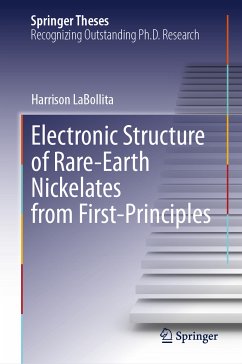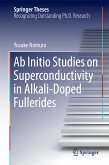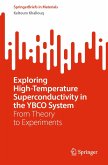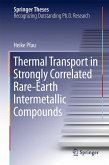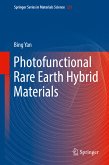This thesis demonstrates the value of theoretical approaches in the discovery of new superconducting materials. It reports a detailed study of the recently discovered nickel-oxide (nickelate) superconductors using multiple first-principles computational tools, from density functional theory to dynamical mean field theory. In the context of superconductivity, discoveries have generally been linked to serendipitous experimental discovery; this thesis reports some of the few examples of predictions of new superconductors that have later been realized in practice, a prime example of the significance of the methodology it expounds. Overall, it represents a seminal systematic work in the electronic structure theory of the emergent field of nickelate superconductivity.
Dieser Download kann aus rechtlichen Gründen nur mit Rechnungsadresse in A, B, BG, CY, CZ, D, DK, EW, E, FIN, F, GR, HR, H, IRL, I, LT, L, LR, M, NL, PL, P, R, S, SLO, SK ausgeliefert werden.

